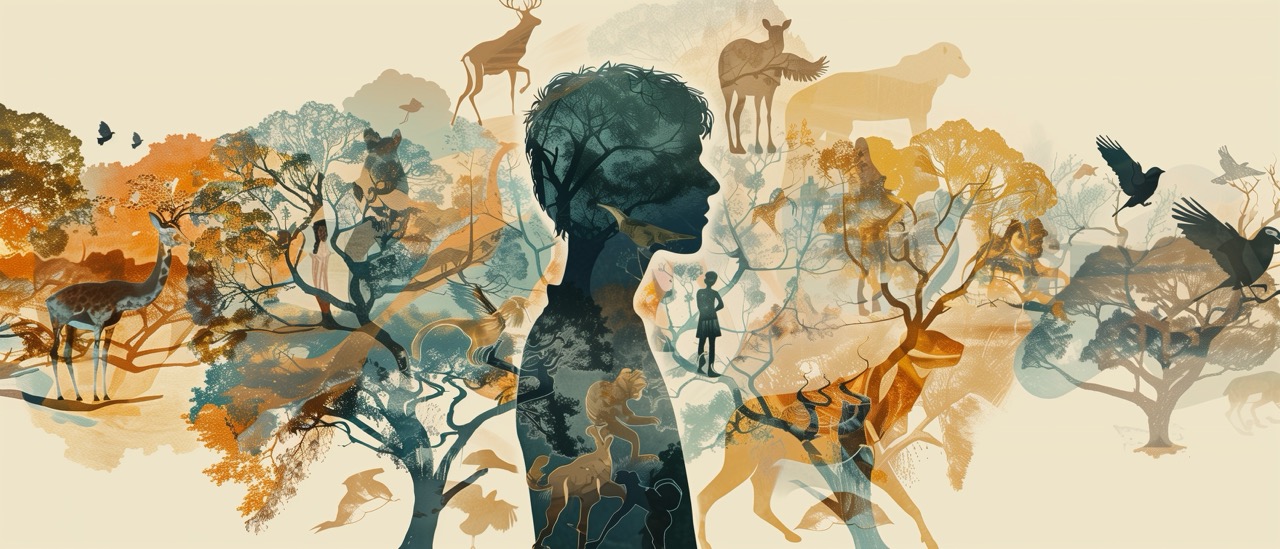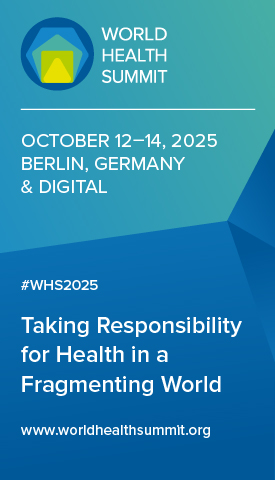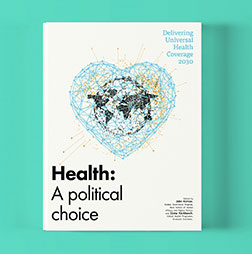Integrating animal health into a fractured world: A One Health approach to climate resilience
The fragile interdependence of health
and climate
Climate change is not just melting glaciers – it is melting the boundaries between human, animal and environmental health. We must confront an overlooked truth: climate change is a health emergency that is fracturing ecosystems, economies and disease control systems. Yet animal health remains absent from high-level strategies.
That is why we need to address three key issues:
- Animal health is essential for climate resilience but largely ignored in global policy.
- Zoonotic diseases and food insecurity are accelerating due to climate instability.
- Political choices through stronger One Health governance, equitable science and multisectoral collaboration can bridge gaps and ensure that animal health is embedded in national climate strategies.
Animal health: The missing link in climate-health policy
Climate change is destabilising animal health systems, with ripple effects across global health:
- Zoonotic outbreaks such as Ebola and avian influenza are rising, fuelled by habitat disruption and the wildlife-livestock-human interface.
- Food insecurity is growing – heat stress and drought are decimating livestock and fisheries, which provide protein for over a billion people.
- Antimicrobial resistance is exacerbated by climate-induced disease outbreaks that lead to antibiotic overuse in animals and humans.
Despite these threats, only 11% of countries’ nationally determined contributions to meet the Paris Agreement targets mention livestock health, and veterinary voices are notably absent from climate negotiations.
This policy blind spot is already costing lives. Rift Valley fever outbreaks in East Africa, which surged after extreme rainfalls, have killed livestock and spilled into human populations. Meanwhile, melting permafrost may release ancient pathogens, and warming oceans are producing algal blooms that poison seafood supplies.
The 2021 United Nations Food Systems Summit emphasised that livestock supports 1.3 billion livelihoods globally. Yet animals are an afterthought in climate adaptation plans – reactive ‘outbreak firefighting’ persists, instead of a proactive preventive One Health approach that includes surveillance that integrates human, animal and environmental data.
The message is clear: separating animal health from climate action is not just short-sighted. It is dangerous.
Closing the gap: From risk to resilience
To bridge the gap between animal health and climate resilience, targeted, scalable strategies must replace siloed approaches. Innovative models are already showing the way.
In North Africa, the PROVNA project (under the World Organization for Animal Health) is pioneering climate-linked disease surveillance using remote sensing and earth observation data to inform risk-based Rift Valley fever surveillance. It demonstrates how early warnings can shield both animals and humans – when systems talk to each other.
However, such successes remain exceptions. More coordination is needed to scale up the use and reach of these early warning systems to human health sectors.
Key challenges that hinder the inclusion of animal health in climate strategies include:
- Institutional silos: Agriculture, health and environment ministries often operate in isolation.
- Data disconnects: Veterinary disease early warnings are rarely used by public health systems.
- Funding gaps: Less than 2% of climate adaptation finance targets animal health.
For less than the cost of a single outbreak, integrated early warning systems could be established across high-risk regions that would simultaneously protect livestock economies and human lives. Tools exist. What’s missing is political will.
Integrating animal health into climate policy
Real progress requires bold governance, equitable investments and science-backed tools. Here’s how:
- Governance – institutionalising One Health: National One Health platforms could break silos – if supported by joint risk assessments, data sharing and funding integration. National task forces that link veterinarians, climate scientists and epidemiologists are essential to coordinate planning and response to climate change.
- NDC reforms: Without explicit animal health measures in nationally determined contributions, climate strategies miss a major opportunity to cut emissions, safeguard livelihoods and prevent future pandemics. Reforms must ensure animal health is a core component of national climate action.
- Climate-smart veterinary systems: Invest in mobile labs, vaccines for heat-tolerant livestock diseases and community-based early warning systems.
- Equity and inclusion: Prioritise Global South–led innovation, such as flood-resilient poultry systems and Indigenous early warning practices.
- Science for policy: Develop indicators and expand climate-disease modelling tools to measure how animal health interventions reduce pandemic risk.
- Healing a fractured world
We now have an opportunity to elevate animal health within the climate-health agenda. Action points include:
- Urging animal health integration in climate-health declarations,
- Calling for piloting One Health–inclusive NDCs in high-risk countries, and
- Supporting mobilising veterinary networks for coordinated climate advocacy.
- A fractured world cannot heal if animal health remains the broken piece. By embedding One Health into our climate strategies, we move from fragmented response to systemic resilience. When the UN climate conference meets in Brazil later this year, let’s ensure that animal health is no longer in the shadows, but at the heart of humanity’s survival pact with the planet.
A world that heals animals heals itself.












